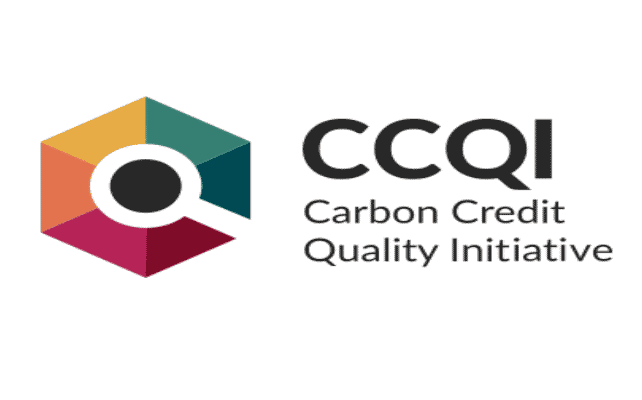The Carbon Credit Quality Initiative (CCQI) launched a new online scoring tool to assess the quality of three types of carbon credits.
The CCQI is led by Environmental Defense Fund, World Wildlife Fund (WWF-US), and Oeko-Institut. It offers free online resources that include its robust assessment method and interactive scoring tool.
The free online CCQI Scoring Tool allows buyers to evaluate the quality of carbon credits. This will help them to make more informed decisions in the booming carbon credit market when buying credits.
Ultimately, the initiative aims to improve the quality of carbon credits transacted in the market. It does so by showing which ones provide the greatest climate impact.
CCQI Online Scoring Tool for Carbon Credits Quality
Carbon credits are tradeable permits allowing polluters to offset carbon emissions or prevent them. Typically, one carbon credit equals one ton of carbon or other greenhouse gases.
The CCQI online tool gives scores for the quality of three commonly used projects that generate carbon credits. These are:
- landfill gas utilization,
- establishment of natural forest, and
- efficient cookstoves.
The first set of carbon credit quality assessments launched by the CCQI is under the four largest carbon crediting programs:
- the Clean Development Mechanism (CDM),
- Climate Action Reserve,
- Gold Standard and
- Verified Carbon Standard (Verra).
The need for quality improvement
The voluntary carbon market has grown so fast in recent years. More and more entities have set net zero emissions goals and use carbon credits to offset part of their emissions or to finance climate measures.
But the quality of carbon credits available varies to date. And the results of CCQI’s first round of scorings confirm this. It reveals that carbon credits perform great in some criteria but poorly in others.
For instance, efficient cookstove projects have drawbacks in quantifying emission reductions and addressing non-permanence. Yet, most often they generate high environmental and social benefits.
As per the Senior Director of Climate at Environmental Defense Fund Pedro Martins Barata:
“CCQI’s first round of scoring confirmed that there is both wheat and chaff in the carbon credit market. The important thing, however, is that the consumer can tell the difference.”
He added that CCQI’s free and transparent online scoring tool can move the market toward quality by helping users understand what quality means for carbon credits.
- Carbon credits are in high demand from emitters aiming to achieve their voluntary climate goals. They are also crucial for meeting compliance obligations under emissions trading schemes.
CCQI methodology’s quality criteria for carbon credits
Under the CCQI’s methodology, a carbon credit is scored on an interval scale of 1 through 5 against several quality objectives. This enables buyers to understand the nuances and trade-offs in the quality of carbon credits to make an informed decision.
Lambert Schneider from the Oeko-Institut remarked that:
“What makes a high-quality carbon credit is a complex question… We designed our Scoring Tool so that users could have a nuanced 360-degree view of different quality features of carbon credits. The scorings show a mixed performance of carbon credit programs.”
In particular, the CCQI scores show notable differences between carbon crediting programs.
For instance, the scoring results reveal that Clean Development Mechanism has the best third-party auditing rules. While the Climate Action Reserve performed best in its approach to compensating for potential non-permanence.
Likewise, the Gold Standard has the most comprehensive environmental and social safeguards. Whereas the Verified Carbon Standard or Verra performed high in its governance, transparency, and approaches for reducing non-permanence risks.
According to Brad Schallert, WWF’s director of carbon market governance and aviation:
“When buyers come to the carbon credit market, they are sometimes surprised that detailed guidance on how to evaluate credits is not publicly available… CCQI hopes to fill this information gap by offering our scoring tool.”
Using CCQI’s online tool is one of several steps a buyer can take when performing due diligence on how carbon credits differ in quality.
CCQI’s 7 Quality Objectives
What makes a high-quality carbon credit is not a simple question. It depends on many different factors.
The CCQI tool uses 19 quality criteria assessed based on their importance and the context in which the carbon credit is generated and used.
For example, some criteria may not be relevant for all types of climate mitigation activities. This is particularly the case with measures that address the risk of non-permanence.
These criteria are then organized under CCQI’s seven “Quality Objectives”. The table below identifies and explains each quality criterion.
CCQI will expand its free online Scoring Tool to assess more carbon credits. This is to let users know how other project types and programs perform on quality as well as cover a bigger part of the market.
CCQI’s next round of scores will be up for release later by the end of this year.



